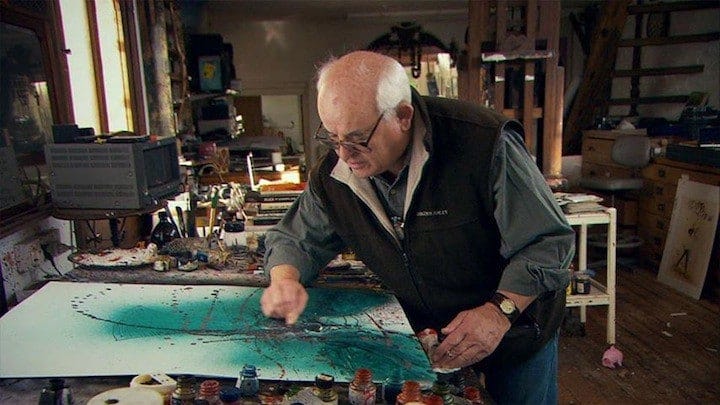‘For No Good Reason’ Director Charlie Paul on Ralph Steadman, Johnny Depp and Hunter S. Thompson

This interview was originally published during the Toronto International Film Festival on September 9, 2013. It is being reposted now that the film is opening in theaters.
There are a lot of documentaries being made lately about illustrators and animators. But a film about Ralph Steadman titled For No Good Reason is likely to be one of the more popular, …
Keep reading with a 7-day free trial
Subscribe to Nonfics to keep reading this post and get 7 days of free access to the full post archives.



